Surkhi Mortar
Table of Contents
Lime is utilized as a binder material while surkhi is used as fine aggregate in surkhi mortar. The surkhi, which is inexpensively accessible in the market, is made of finely powdered burnt clay that offers greater strength than sand.
Since natural raw materials like clay or lime vary greatly in quality, the mortar made from surkhi differs in quality as well.
Engineers have conducted a wide range of research and studies to ascertain the strength, properties, and attributes of the materials used in the manufacturing of mortar ever since surkhi mortar was first employed for various construction projects.
The powdery form of burnt bricks or clay balls is called surkhi.
To make surkhi mortar, combine surkhi, fat lime, and water in an appropriate ratio.
There are two methods to prepare surkhi mortar:
For the preparation of a lime mortar, surkhi is used instead of sand. Thus, the name surkhi mortar.
It should be mentioned that as surkhi is not chemically inert, it cannot be employed as a cement-like adulterant with the matrix.
Compared to cement mortar, surkhi mortar is more resistant to alkalis and salt solutions.
Cracks may appear if surkhi mortar is used for plastering. Therefore, while making this mortar, you might need to mix in some appropriate chemicals or add a little bit of sand.
Surkhi serves nearly the same purpose as sand in concrete and mortar applications, but it also adds some strength and hydraulicity. Burnt bricks, brick-bats, or burnt clay are ground into a powder to make surkhi; bricks that are excessively or underburned, or that have a large percentage of sand in them, should not be used. Small clay balls are meant for burning; when the clay is specifically burned to make surkhi, adding 10 to 20 percent quick lime will improve its quality.
Bricks that have been slightly underburnt can be ground into a very fine powder and used to make surkhi for plaster, which will increase the hydraulicity of fat lime. Lime and surkhi need to be well combined, ideally in a mortar and pestle. Bricks that are under-burnt are tested by making sure they don’t dissolve in water. If the Surkhi mortar is submerged in water, it becomes stronger. Surkhi is not appropriate for plaster that has been subjected to moisture and weathering.
Pozzolana- This is a volcanic material that is present throughout, although it gets its name from the deposits in Pozzuoli, close to Naples, Italy. Lime is combined with it to make mortar. In India, it is intentionally produced by burning and finely grinding a certain kind of clay. It resembles Surkhi almost exactly. It can be applied in any circumstance where surkhi can provide better results.
The following factors determine surkhi mortar’s strength characteristics:
- The chemical and physical makeup of surkhi, cement, or lime.
- The mineralogical makeup of surkhi.
- Level of burning of surkhi, cement, or lime.
- The perfection of surkhi.
- Combine the amounts.
- the time needed to grind and cure mortar.
Methods of Grinding
To create a homogeneous paste of cement or lime, the necessary amount of the material is put to the mixer together with water.
Next, the necessary amount of surkhi is added, and the mixture is pounded some more to create a mortar that is evenly blended.
To create a workable mortar, the amount of water required to prepare the mortar is changed.

Concrete Mix Ratio in Surkhi
The most common mix ratios are 1:1:6 (cement:lime: sand), 1:1:8, or 1:2:8. Fat lime is typically utilized. (iv) Making a point: Use the following mortar mixtures for pointing: 1. 1 lime to 2 sand or surkhi mix in a lime mortar
Types of Surkhi Mortar
- Surkhi-Lime Mortar:- The surkhi lime mortar is defined as a concoction of lime, surkhi, and water. The heat of hydration of this mortar is modest. It sets quite slowly.
- Surkhi-Cement Mortar:- It is a certain proportion of cement, surkhi, and water. This mortar is frequently utilized. It also has a long setting time and a high heat of hydration.
Advantages.
- Sand is in scarce supply worldwide. Thus, a substitute that can be employed is surkhi mortar.
- Its heat of hydration is modest. thus doesn’t need to be cured.
- It is more resistant to solutions containing salt and alkalis.
- Because it takes a while to set, it can be applied to projects for up to six hours after preparation without compromising the mortar’s effectiveness.
Disadvantages
- It shrinks more easily than regular mortar.
- Its compressive strength is lower than that of ordinary cement mortar.
- It progressively gets darker.
Also Read:- Fly Ash: Production, Properties, and Environmental Benefits

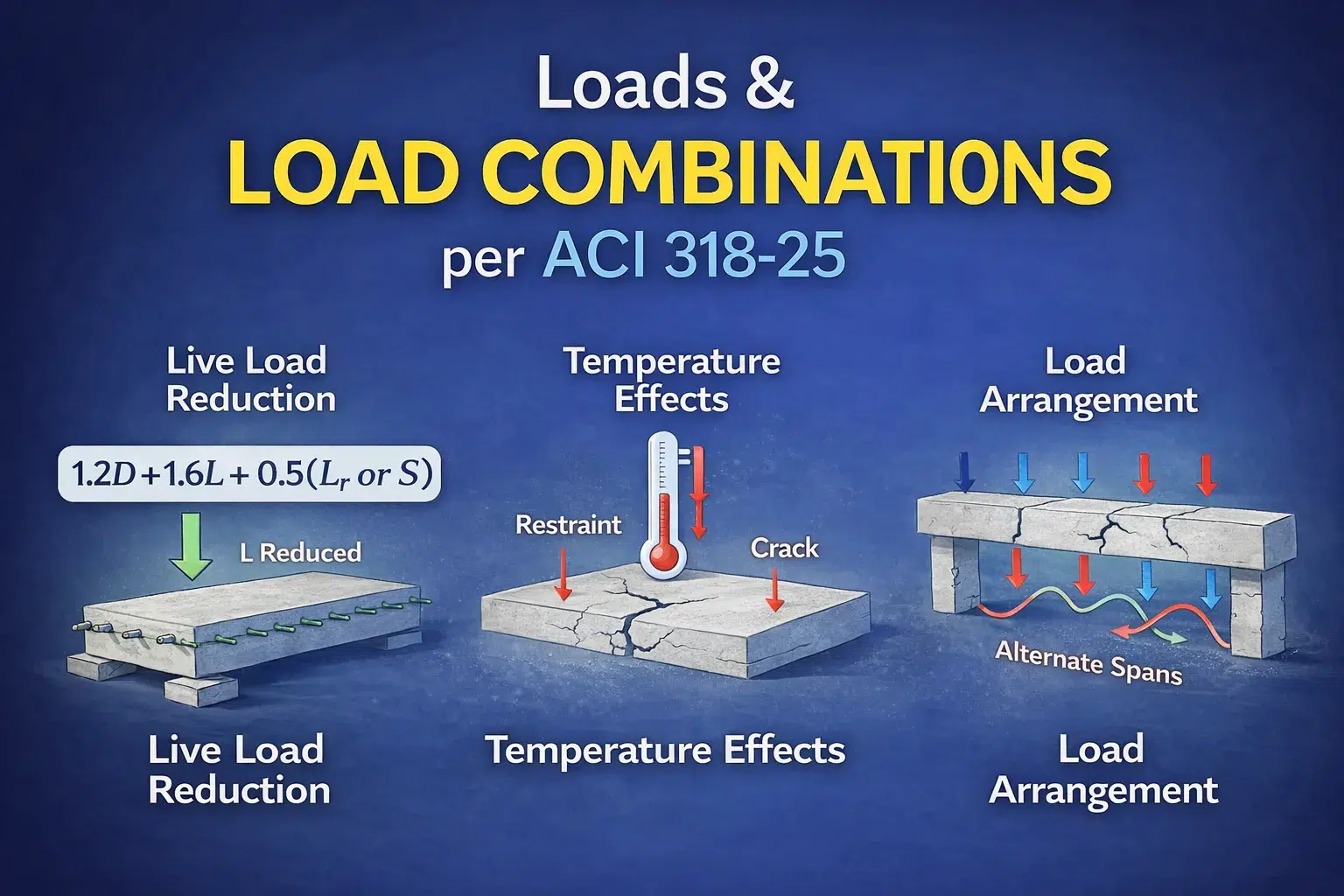

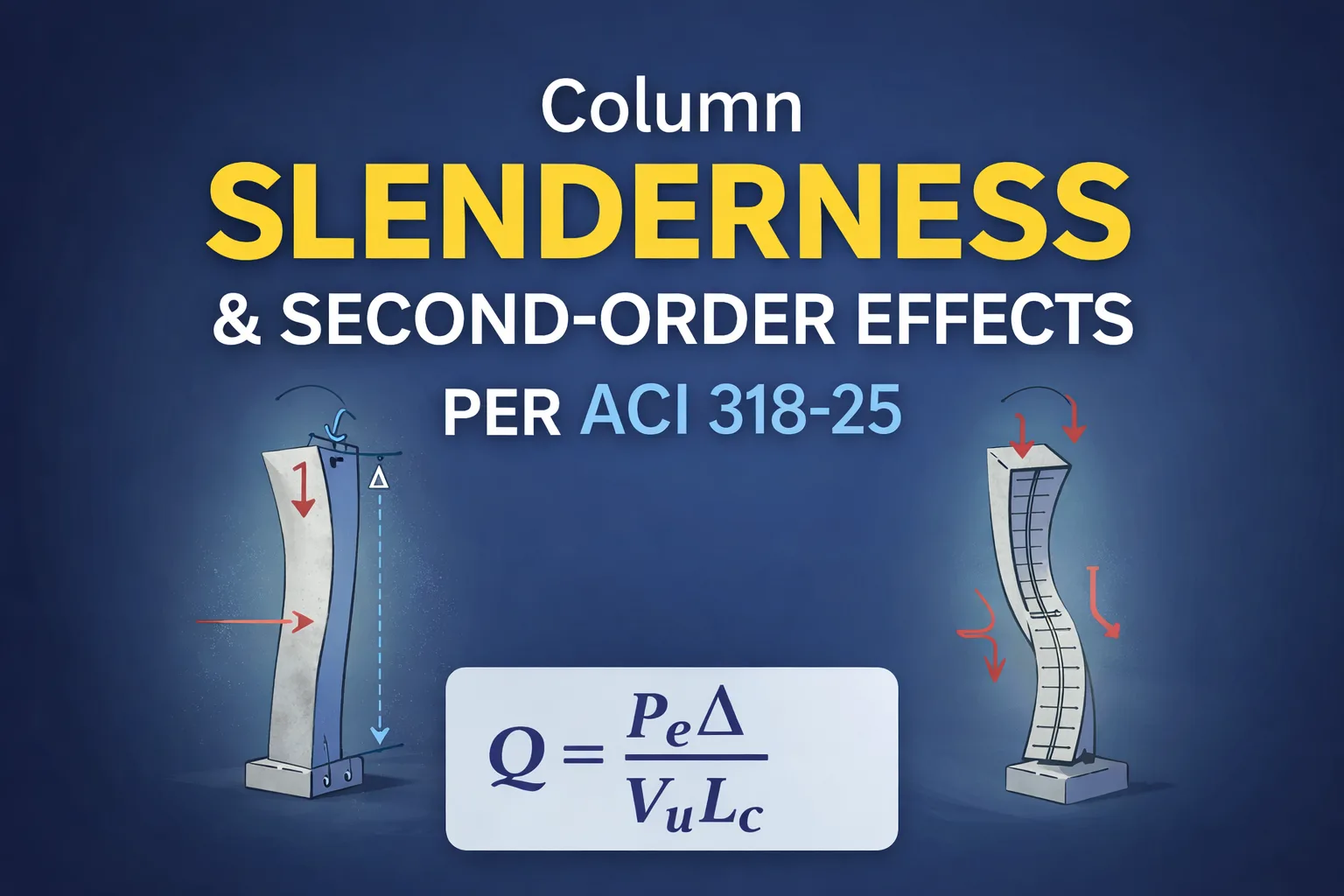

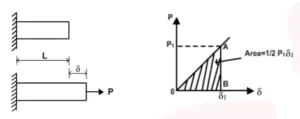
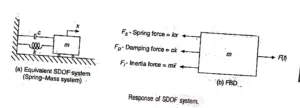
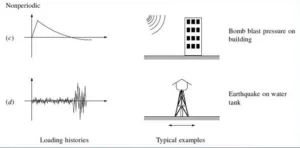


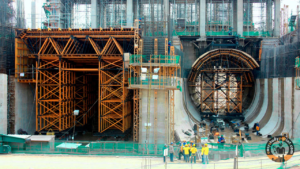
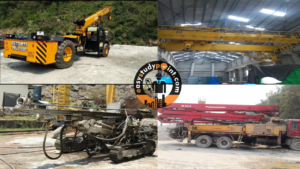
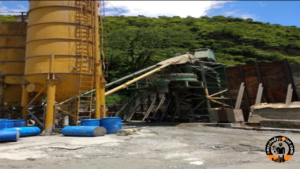
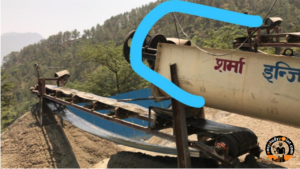
1 comment